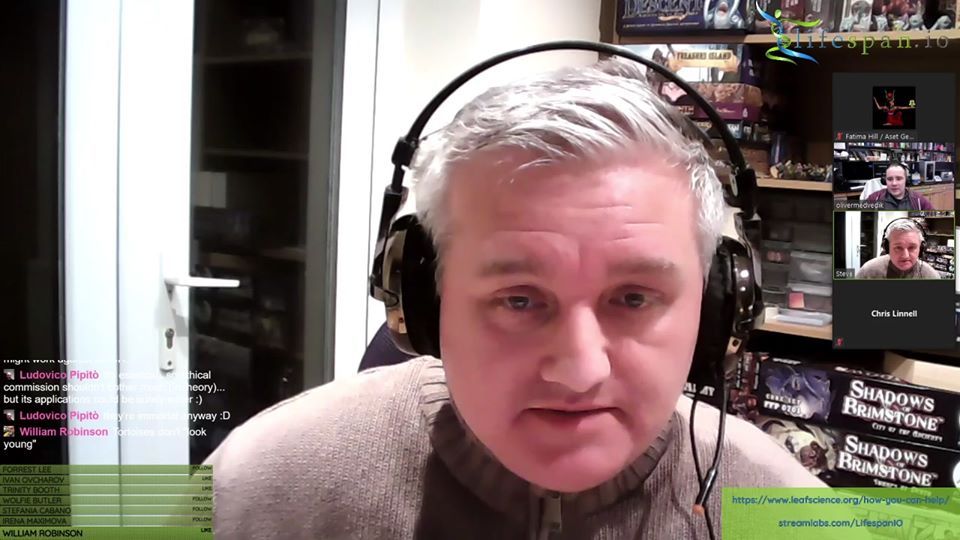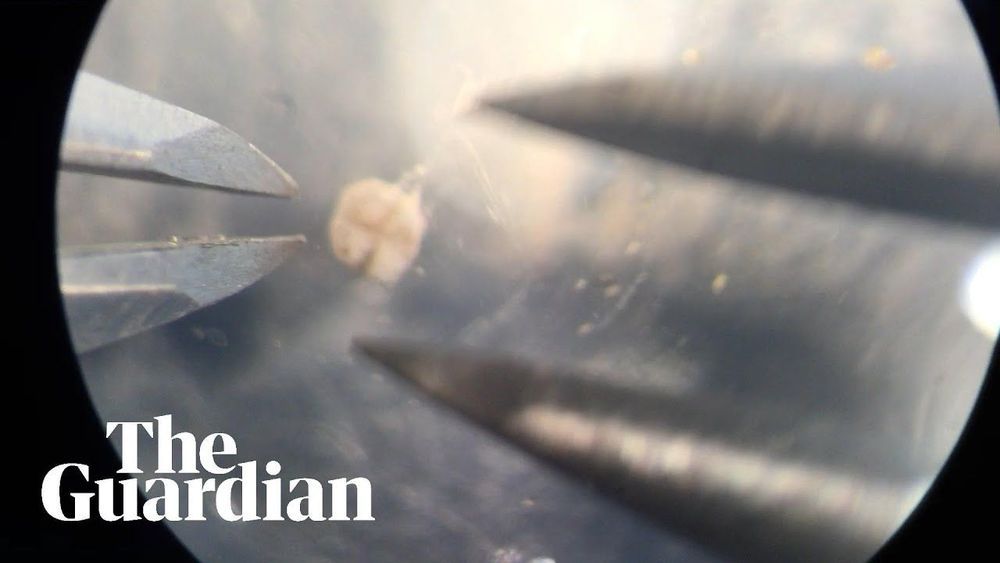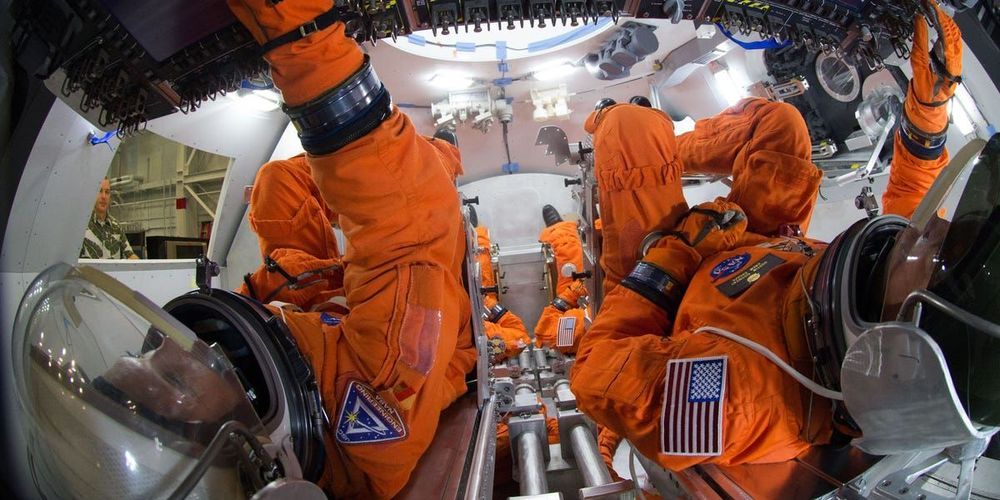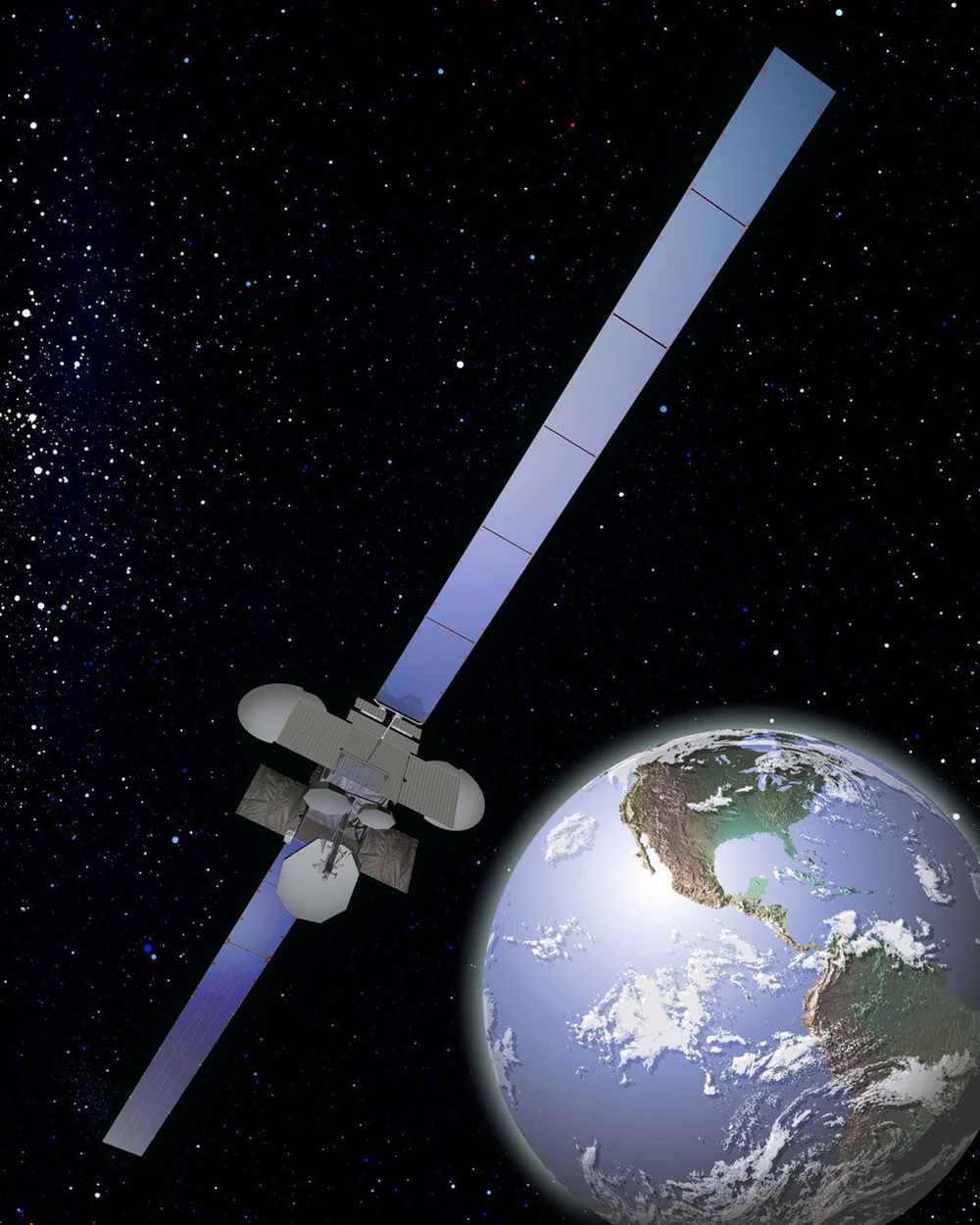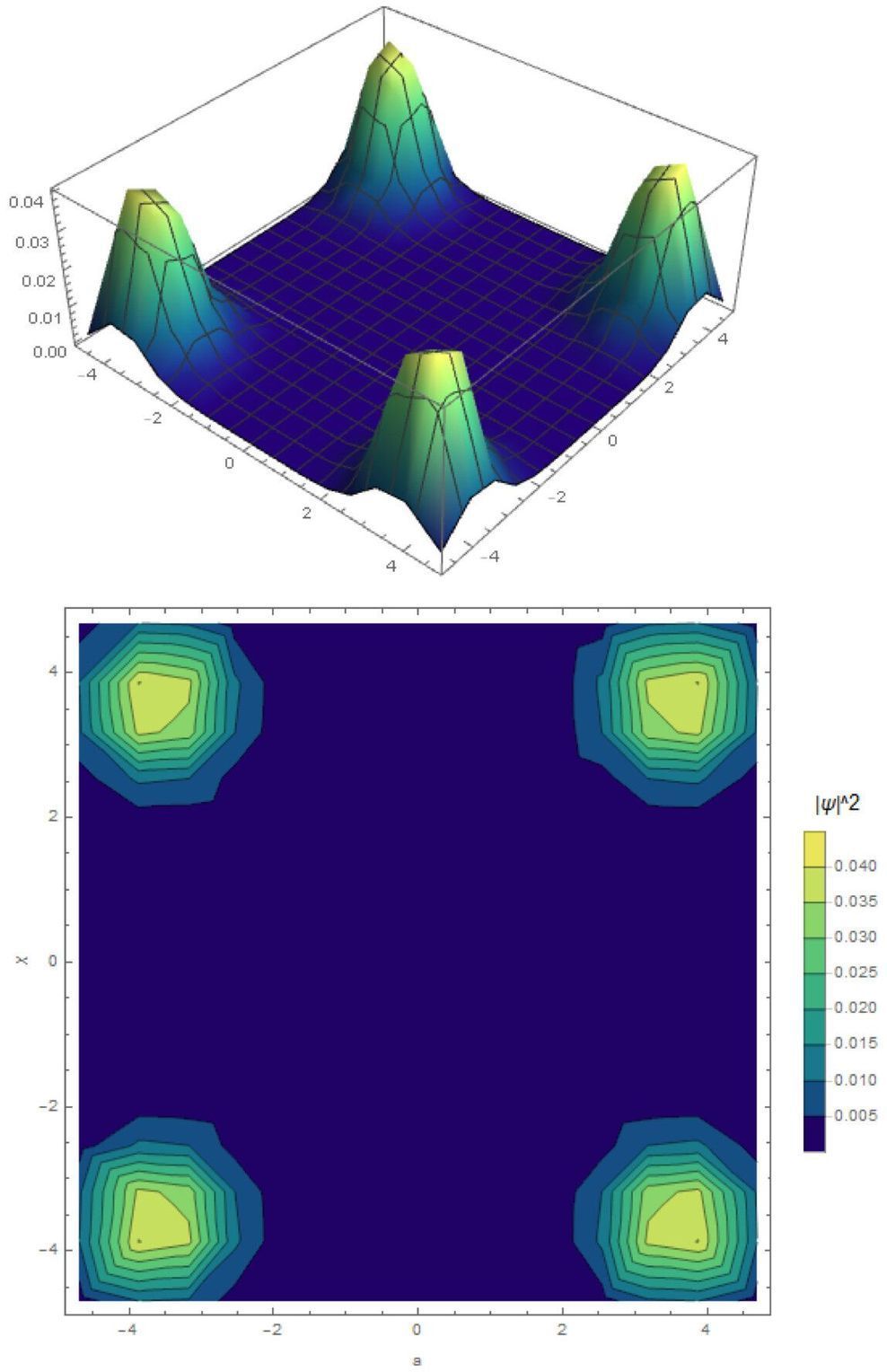Jan 28, 2020
World’s First Completely Robotic Heart
Posted by Paul Battista in categories: biotech/medical, cyborgs, robotics/AI
The world’s first completely robotic heart may end the need for transplants from dead humans in as few as 10 years, the hybrid heart made of soft artificial muscles and sensors is hoped to eventually end the need for human transplants.
The hybrid robotic heart is under development and could clear NHS heart transplant waiting lists and save many lives. It is the first hybrid heart made from soft artificial muscles and sensors which are coated in human tissues that are grown in a laboratory.
There are plans partnered with the British Heart Foundation to transplant it into the first person in 2028; the hope is that this hybrid robotic heart will save thousands of lives who would normally have died while waiting for a human organ donor on global waiting lists.

